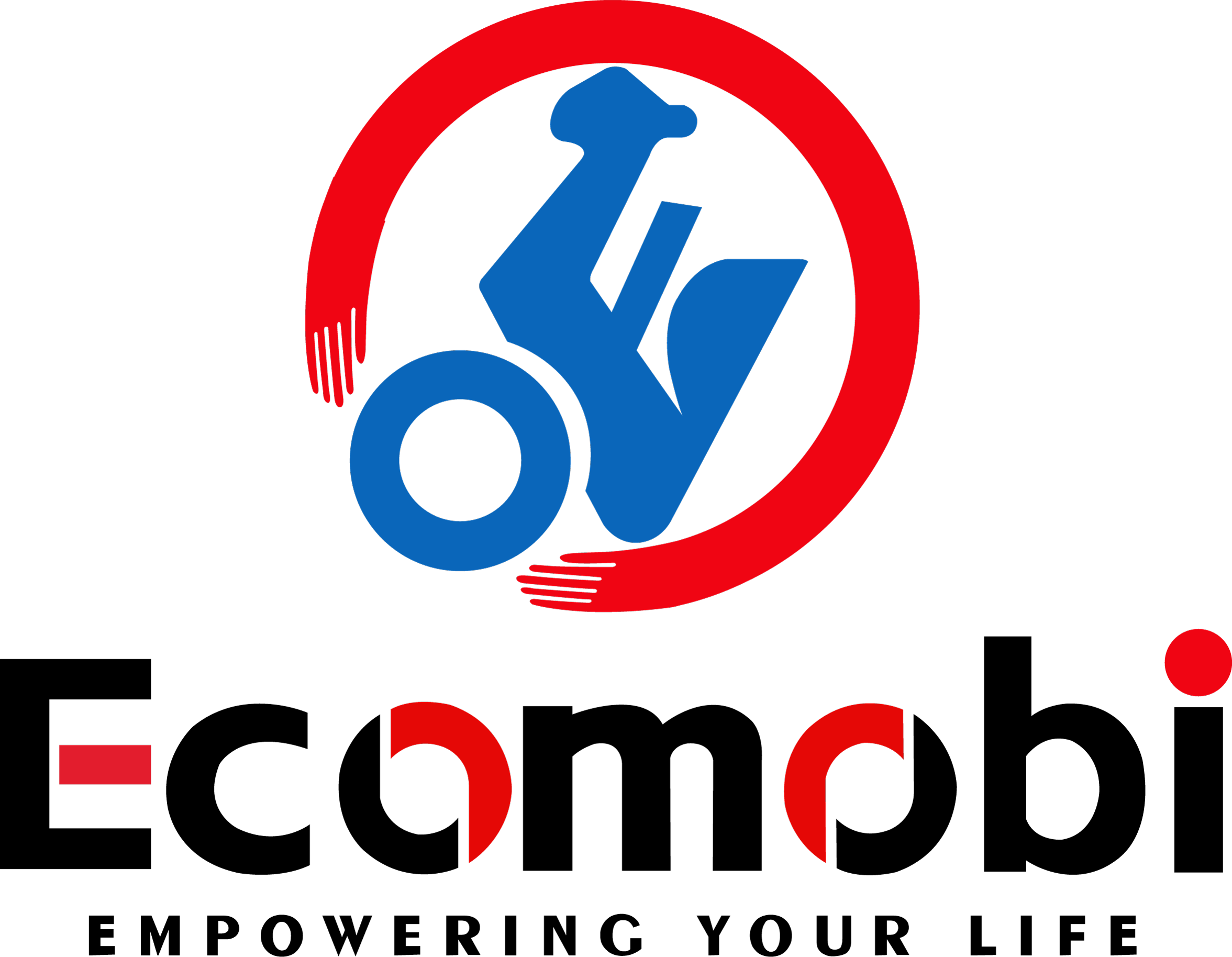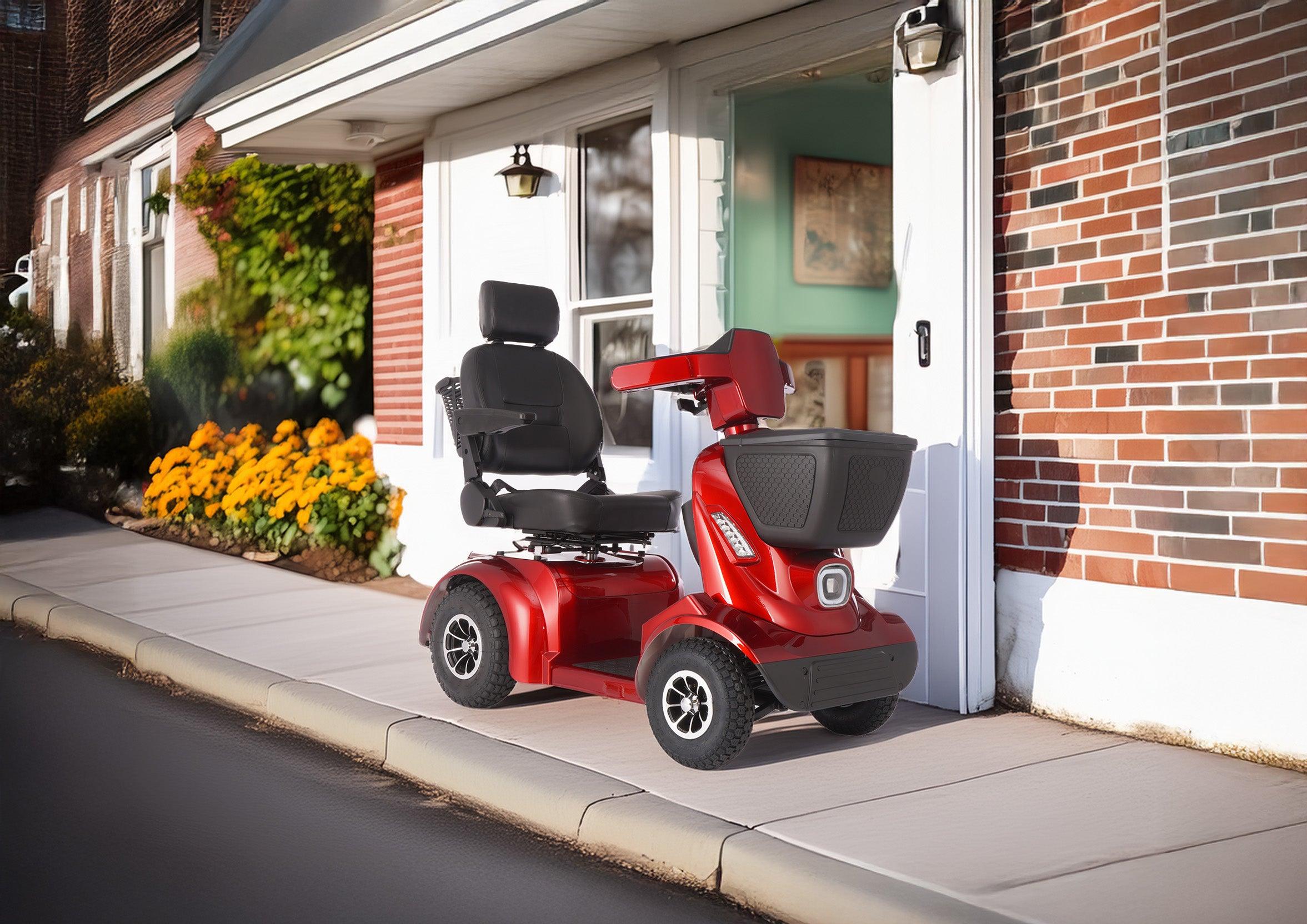As they age, many elderly people may face mobility problems, and walkers are a very effective assistive tool that can help the elderly maintain independence and improve their quality of life. However, there are many types of walkers on the market, and different types of walkers are suitable for different needs. So, what types of walkers are suitable for the elderly?
Four-legged walker (standard walker)
A four-legged walker is one of the most common walkers. It has four stable support points, providing high stability and support. It is suitable for elderly people with weak leg strength but still able to walk on their own. This type of walker usually requires the user to lift and put it down, so it is suitable for elderly people with good physical strength.
Applicable people:
Elderly people who need extra support to maintain balance
People with weak lower limb strength but still able to walk
Wheeled walker
Wheeled walkers are equipped with wheels on the basis of standard walkers, which can reduce the burden of elderly people lifting walkers. It is suitable for elderly people with weak upper limb strength or easy fatigue. It usually has a two-wheel or four-wheel design.
Applicable people:
Elderly people with weak upper limb strength who have difficulty lifting a walker
Elderly people who need higher stability but have slightly better mobility
Rodder (four-wheel walker)
A walker is a more flexible walking aid, usually equipped with four wheels, a seat and a handbrake, suitable for elderly people with better mobility. It allows users to rest at any time during long walks, which is very suitable for use outside.
Applicable people:
Elderly people who still have a certain walking ability but are easily fatigued
People who need to rest at any time when going out
Crutch walker
Crutch walkers are assistive tools between standard walkers and ordinary crutches, usually designed with three or four legs to provide better stability.
Applicable people:
Elderly people who only need a small amount of auxiliary support
People with good balance but need extra help
Electric walker
Electric walkers are high-tech walking aids, usually equipped with electric assist systems, which can help the elderly walk more easily, and even have automatic braking and speed adjustment functions.
Applicable people:
Elderly people who have limited mobility but want to travel more easily
People who need greater walking assistance
How to choose the right walker?
When choosing a walker, there are several factors to consider:
Mobility: If the elderly can still partially walk, a cane walker or a four-wheel walker may be a better choice.
Environmental factors: If it is mainly used indoors, a standard walker or a wheeled walker may be more suitable; if you go out frequently, a rollator or an electric walker is more convenient.
Comfort: Some walkers are equipped with seats or padded handles to provide additional comfort.
Safety: Make sure the walker has good stability, whether it has a non-slip design, whether it has a brake function, etc.
Choosing the right walker can greatly improve the mobility and quality of life of the elderly. Before purchasing, it is recommended to consult a doctor or rehabilitation expert and choose the most suitable type of walker according to personal needs. No matter which walker, the key is to make the elderly feel safe, comfortable and easy to use, so that they can enjoy a freer life.




Leave a comment
This site is protected by hCaptcha and the hCaptcha Privacy Policy and Terms of Service apply.